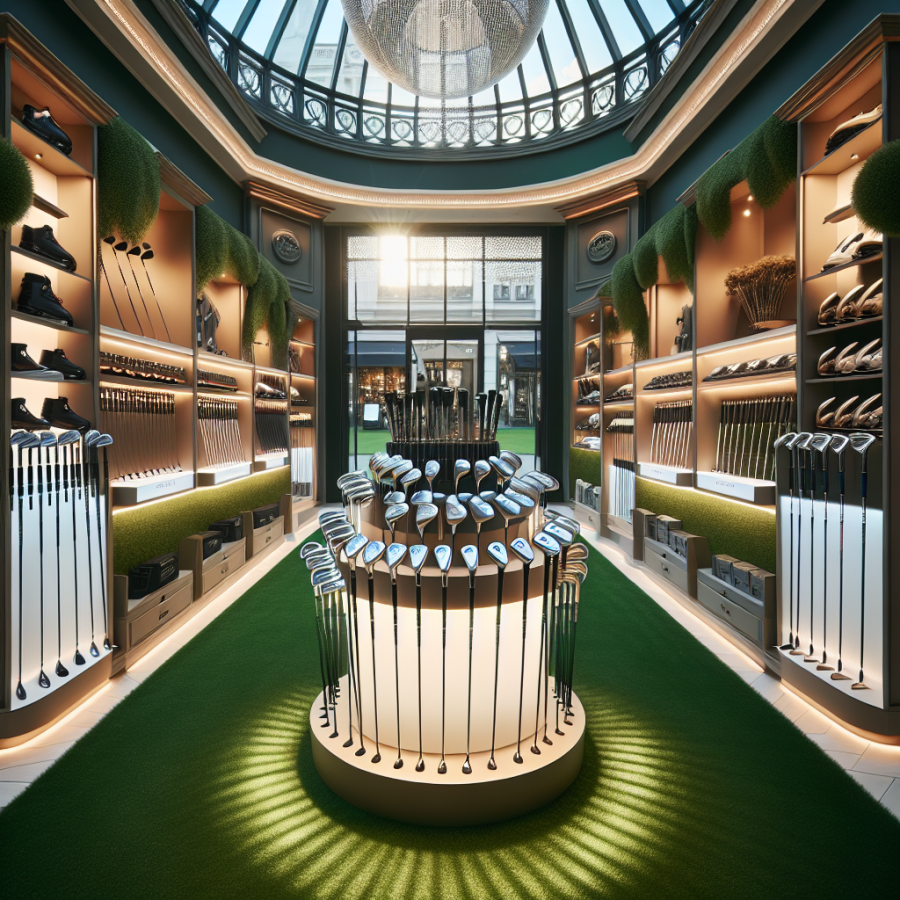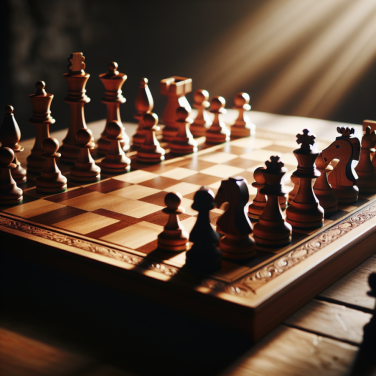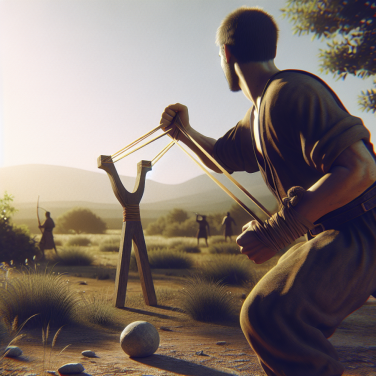Understanding Different Types of Golf Clubs: A Comprehensive Guide
Golf is a complex sport that requires exact tools. Much like a carpenter needs the correct tools for their work, golfers need to carefully choose their equipment to suit their playing style and to be successful on the course. Different golf clubs serve different purposes and have their unique advantages. This guide will delve into the various types of golf clubs and their purposes.
First up are the drivers. Drivers are primarily used for distance. They have a large head and a long shaft, enabling the golfer to hit the ball off the tee on longer holes. They are also designed for speed, with the less loft allowing for more distance. However, with this speed and power come fewer controls, which is why drivers are typically only used for tee shots on par 4 and par 5 holes.
Next on the list are the woods. Although they are similar to drivers, woods have a smaller head and more loft, making them slightly easier to control. The most common types of woods used by golfers are 3-woods and 5-woods, which offer versatility for shots that require both distance and precision.
Irons are another key type of golf clubs. They are shorter and have smaller heads than woods, making them a versatile choice for a variety of shots on the golf course. Irons are usually numbered from 1 to 9, with the lower numbers being referred to as 'long irons' and the higher numbered ones called 'short irons.' The lower numbered irons are harder to control but can provide more distance. In contrast, higher-numbered irons are easier to control but offer less distance.
Hybrid clubs combine the best aspects of the irons and woods. They are designed to offer the fairway-wood's long-distance abilities and the iron's easier hitting ability. These clubs are versatile and can be used in a multitude of situations, making them a popular choice among beginners and those who struggle with long irons.
The wedge is an indispensable club when playing around the greens. They are designed with a high degree of loft, making them ideal to use when golfers need to hit the ball high into the air and stop quickly on the green. Different types of wedges like the pitching wedge, sand wedge, or lob wedge are used depending on the situation on the course.
Putters are golf clubs used to make short and often accurately gauged strokes with the goal of rolling the ball into the hole.
Read also:
Unveiling Bones: The Man Behind Golf's Most Successful Caddie Career
Factors to Consider When Purchasing Your Ideal Golf Clubs
As a beginner or a long-time golf enthusiast, purchasing new golf clubs can be both exciting and overwhelming. With a variety of brands, models, and sets available in the market, the process of choosing the right club that fits your style and game preferences can be a daunting task. There are several factors to consider when purchasing your ideal golf clubs.
First and foremost, your skill level should be a guiding factor in your decision-making process. Beginners may want to start with a basic set of golf clubs, while experienced golfers might need specialized clubs to improve specific aspects of their game. Clubs designed for beginners are generally more forgiving, allowing for mistakes that can occur as you're learning the game. On the other hand, clubs for advanced players have features that enable players to control the ball more accurately, which could be challenging for a novice.
Secondly, consider your physical characteristics. Your height, weight, and the speed of your swing can all play a central role in determining which golf clubs are best for you. For instance, taller golfers might need longer clubs, while those with a slower swing speed may benefit from clubs with a more flexible shaft. It's crucial to purchase golf clubs that match your physical characteristics to ensure a comfortable swing and better performance.
Your budget is another factor to consider. Golf clubs range in price from entry-level to premium. While it can be tempting to purchase top-of-the-end clubs in hopes of enhancing your game, it's essential to remember that a more expensive club does not necessarily equate to a better golf game. Instead, choose a set of clubs that suits your budget and meets your needs as a player.
The type of golf club is equally important. A golfer's bag can carry up to 14 clubs, and there's a difference between each of them. There are drivers, fairway woods, hybrids, irons, wedges, and putters, and each operates differently. The club you choose should align with your style of play and cater to what you need on a golf course.
Lastly, consider the feel of the golf club. This encompasses various factors, such as the weight of the club, its grip, and how comfortable it feels in your hands. The 'feel' of a golf club can significantly affect your swing and, by extension, your enjoyment and success in the game. Trying out a club in-person before you buy it can be an excellent way to assess the feel.




